Scores




The important part of physician's job is communicating with patients and answering their questions in order to educate them about their medical condition.
Patient counseling is also what medical students and residents do as they learn how to address the physiologic aspects of a disease and the chief concerns that patients may have.
In the past, physicians and medical students used educational resources that were limited to anatomic models or pen and paper, or their own artistic skills trying to help patients understand what brought them into the hospital.
Mobile apps enhanced the patient education at the bedside by bringing professional illustrations and animations depicting anatomy and pathophysiology right on a physician's smartphone or tablet.
These illustrations and animations could be presented to patients at the bedside or emailed to them with annotations that answer all patient's questions and explain the condition, therapy, and prognosis. Using mobile technologies and apps for this purpose, vastly improved the physician-patient communication.
One of these mobile solutions is Meditoons, a medical animation app designed to help physicians and medical students educate patients and their families about diseases in a gastrointestinal tract.
The app contains a bunch of animation videos which try to simplify the complex processes behind different gastrointestinal tract diseases.
After downloading and opening the app, you'd notice that Meditoons app is pretty simple and straightforward. It doesn't require registration or providing any private information. It will just ask you what type of user you are, i.e. doctor, educator, nurse, student, patient, etc.
After choosing the appropriate role, users are taken to the home page featuring four main categories, which are basically parts of GI tract, including Upper GI, Biliary Tree, Colonic, and Anorectum.
Each of the categories contains the list of medical conditions related to that part of gastrointestinal tract.
For example, in Upper GI you'll see listed Acid Reflux, Esophageal Stricture, Gastric Ulcer, and so on, while in Biliary Tree you'd see featured Acute Cholecystitis, Common Duct Stone/Obstruction, and Pancreatic Lesion.
Each condition listed in the app's categories is basically a short video, typically less than a minute in length, that explains the normal anatomy of a particular part, its function, and ultimately how the particular disease develops.
The animations contain no audio allowing physicians and students to provide their own narrative. They, however, contain text that could serve as an aid, for example, as during Powerpoint presentations.
Personally, I like this approach because it's more intimate and personal, allowing you to describe the disease in your own words, as you used to (because you're the one supposed to communicate with your patient), instead of providing someone else's narrative that might be different than yours, or confusing to patients, requiring you to step in and provide additional explanation.
My objection here is the duration of these videos. Some physicians like to explain conditions in more detail at a slower pace, especially if their patient is in pain or distress because of their condition, and the agile tempo of the app's animations doesn't support that. So, if you belong to this group, you may find yourself pausing these videos a lot, or repeat the playback.
It would be great if the transitions between the scenes in the videos are at least 4-5 second longer. This wouldn't much affect the total length of the video but would improve the narrative pace.
Let's say you have a patient admitted because of a chest pain. After the exam, a gastroesophageal reflux disease (GERD) has been confirmed, which is the most common cause of non-cardiac chest pain.
However, your patient is not convinced. You see the worry and question in their eyes. How come that I feel the pain up there in my chest like I'm having the heart attack?
Here's where Meditoons app could prove useful. Acid Reflux video will first show the normal anatomy of the esophagus and stomach. It will then show gastric acid that flows through the lower esophageal sphincter (due to a hiatal hernia) back up into the esophagus causing the esophagitis and heartburn pain that can be sometimes mistaken for the pain associated with heart disease or a heart attack.
Other videos, such as the one explaining hemorrhoids, shows that the app developers have a sense of humor. Some may find it tasteless, but I found it quite funny. The laughter is sometimes the best medicine, especially if you have a reason to share it with your patients.
Physicians, patients, and their families can learn more about each disease thanks to the additional information that is made available with links to WebMD and other medical associations' websites.
Medtoons animations are also available in higher quality in the Medtoons HD app, which is available as a separate app for Android and iOS.
Overall, I liked Medtoons app. It provides a bunch of nicely animated videos which are ideal for physicians and patients with acute GI conditions, and their families admitted through the Emergency Room, who want to learn more about the different diseases of the gastrointestinal tract and the mechanisms that cause them.
Benefit: This app is ideal for physicians who want to educate their patients, as well as patients and their families who want to learn more about GI tract conditions
Verdict:
For- Easy to use
- Explaining gastrointestinal diseases with creative, simple, and short animation videos
- Great tool that physicians can use at the bedside along with the patients and their families
- The transition between the scenes could be a bit longer to allow slower narration
- Not available for Android


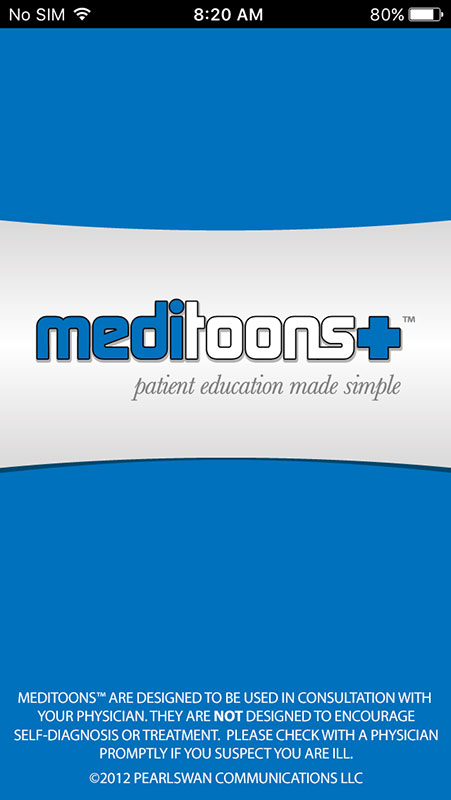

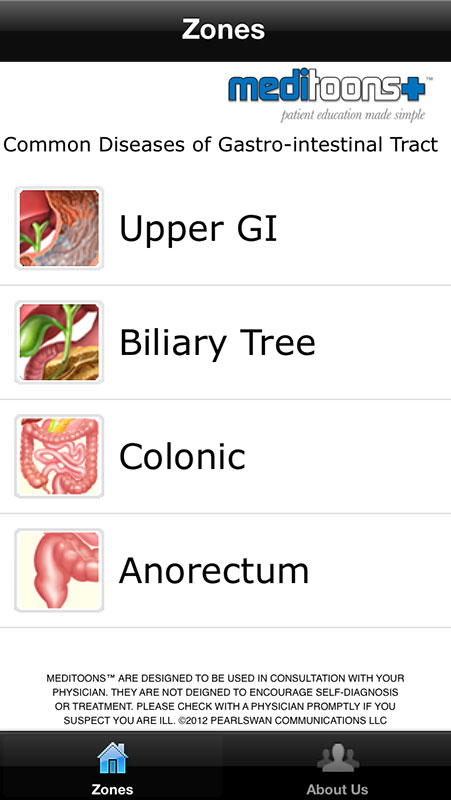
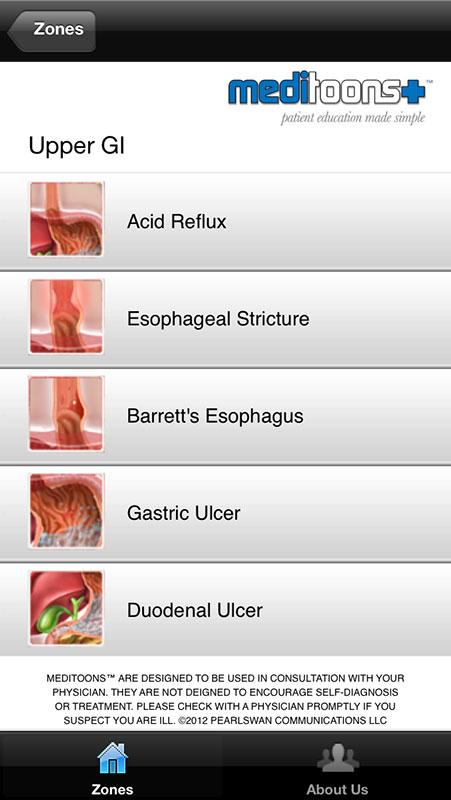
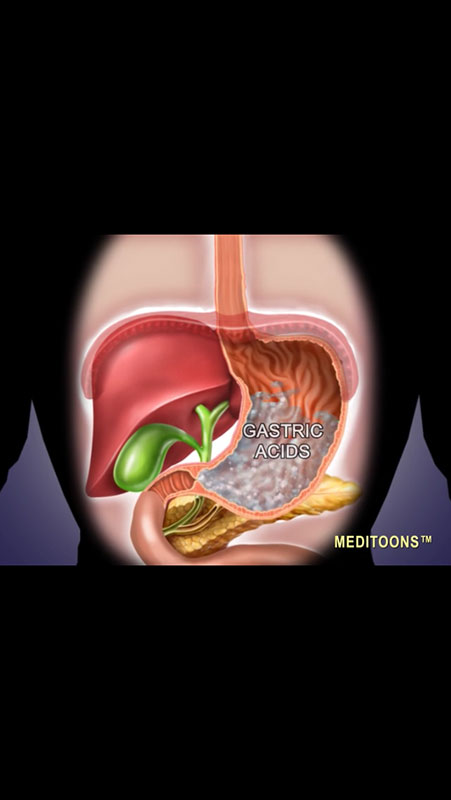
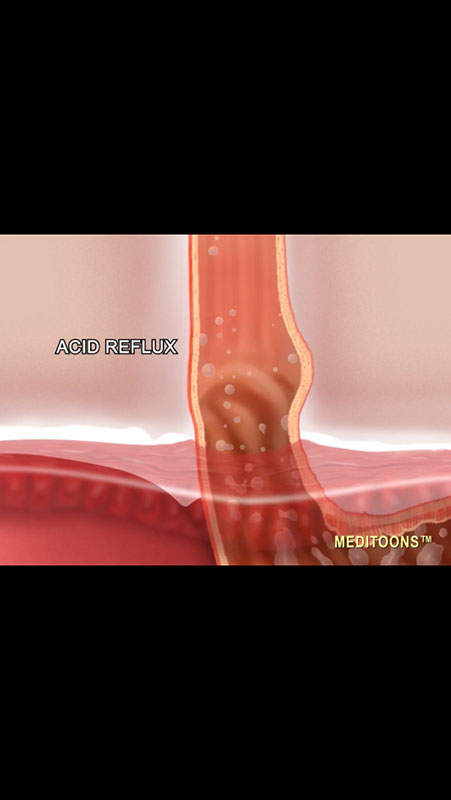
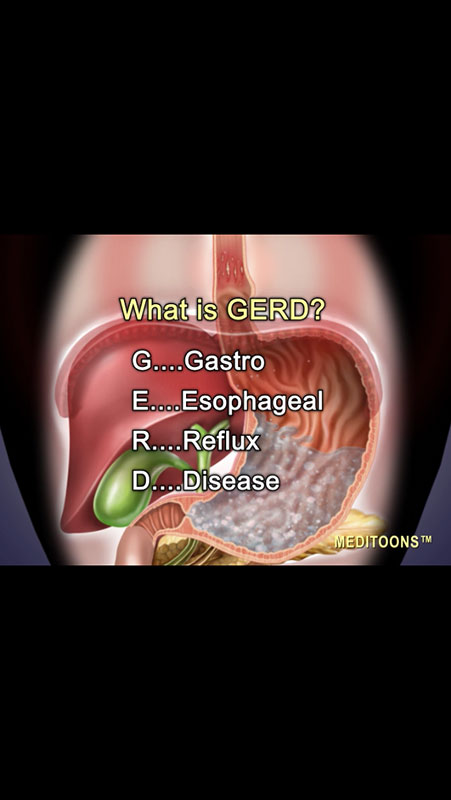
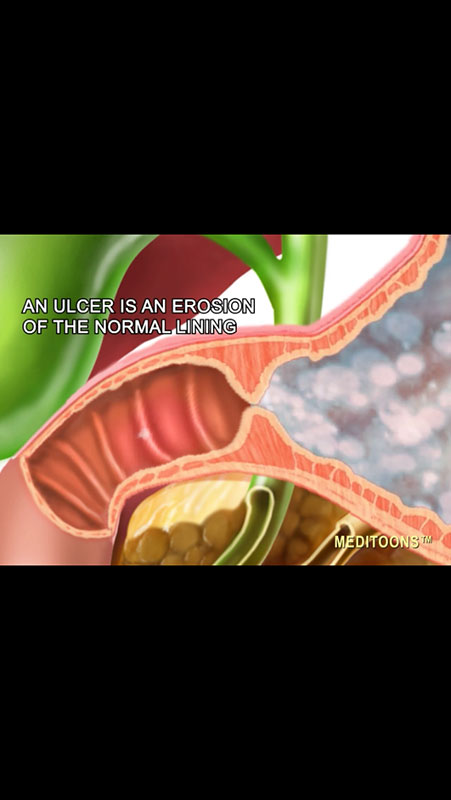
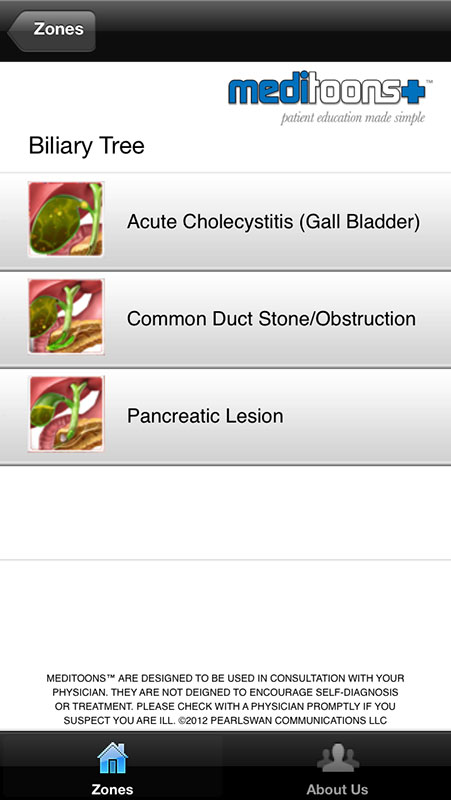
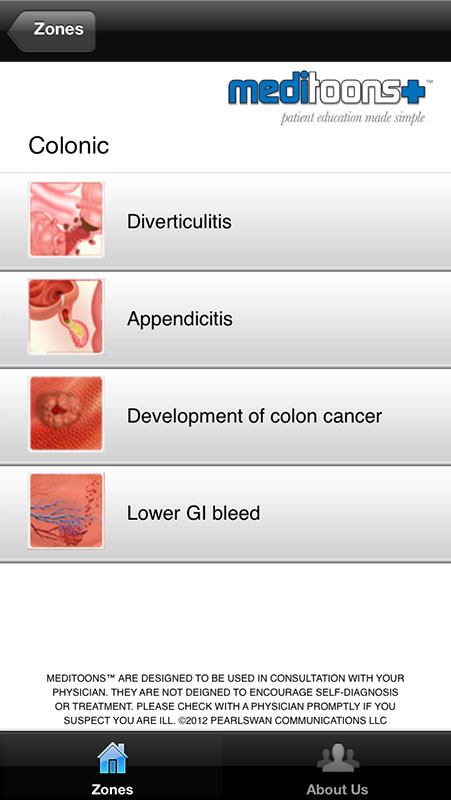
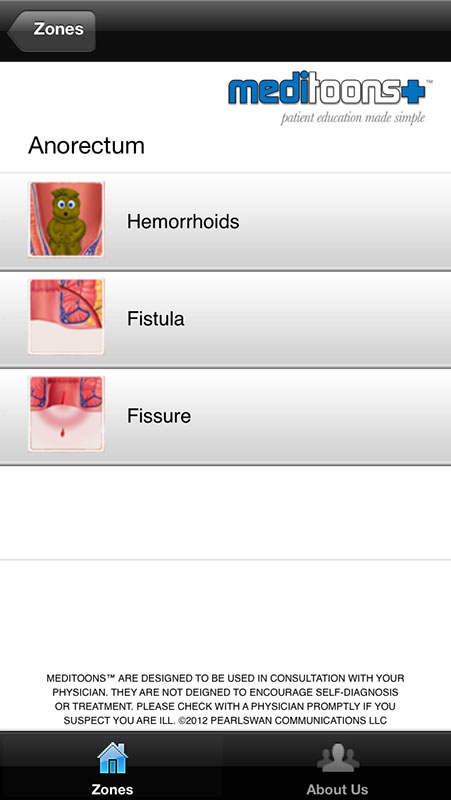
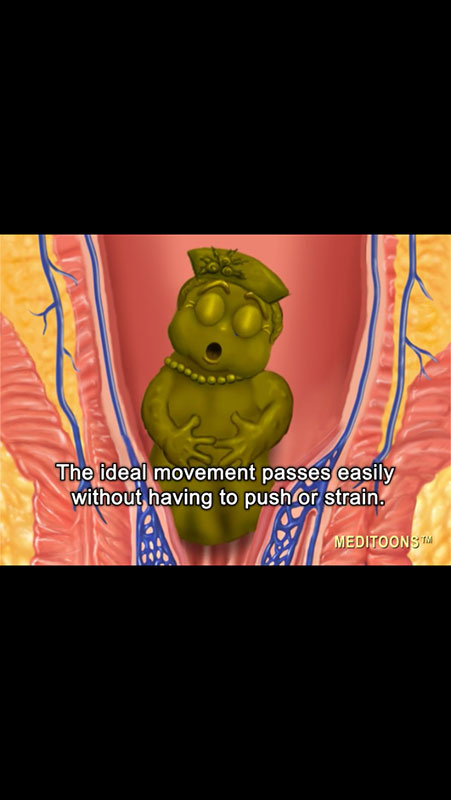
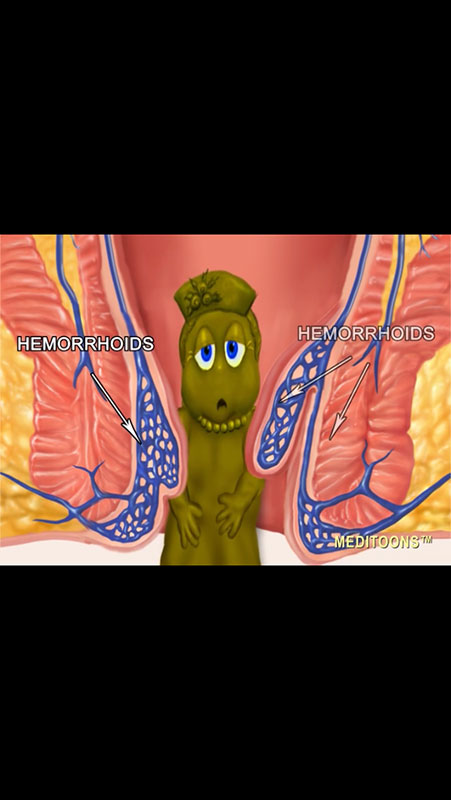
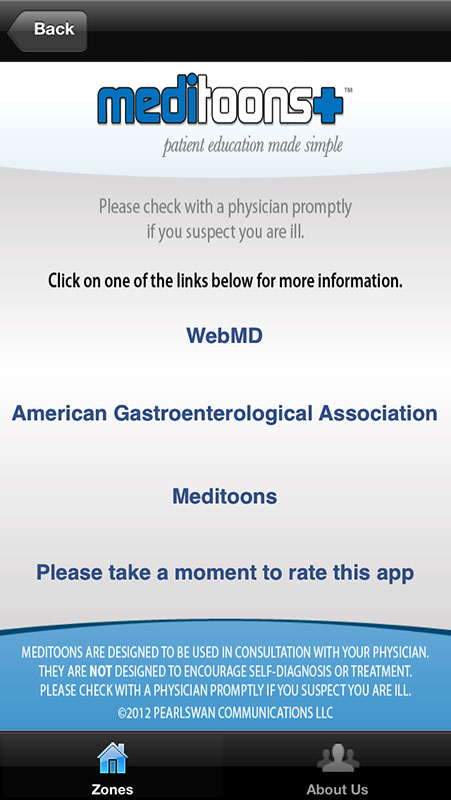

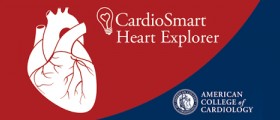



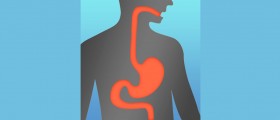

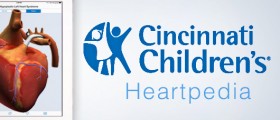
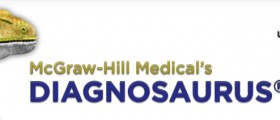
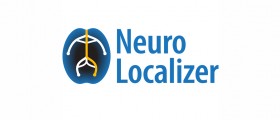
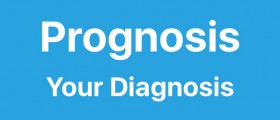




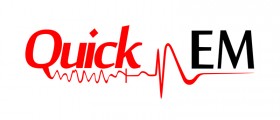








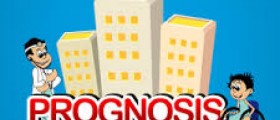

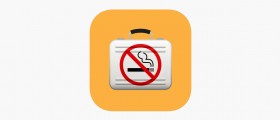
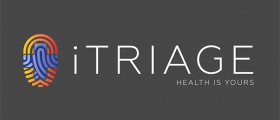
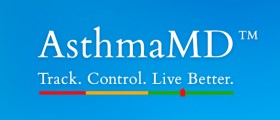

Your thoughts on this
Loading...